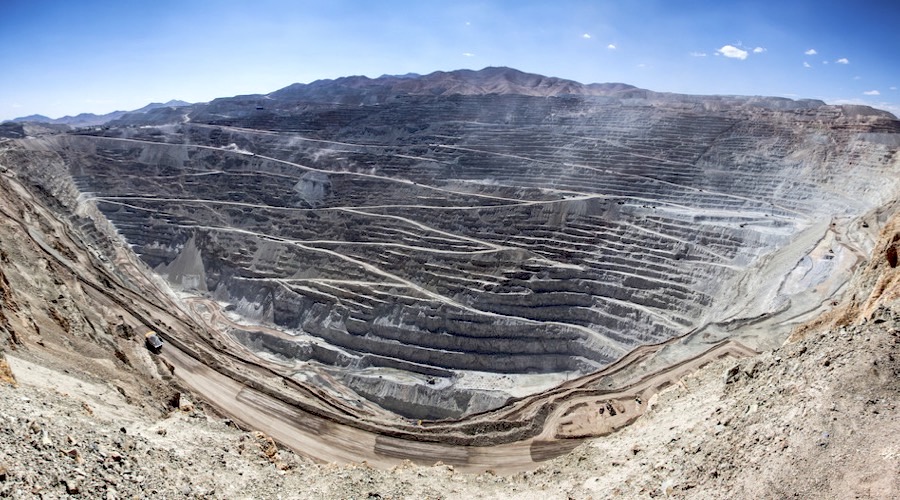
Copper output in Chile, the world’s top producer of the metal, is expected to increase 2% by the end of the year and continue to grow steadily during 2019 due to stronger performance from major mines, upgrades to existing operations, and lower risk of labour strikes.
According to the latest report by Fitch Solutions Macro Research, the main possible obstacle to the forecast production growth in Chile is the fact that grades continue to fall.
Mining companies operating in the country have seen production costs rise as they need to dig deeper and process larger amounts of rock to obtain the same amount of copper they used to a decade ago.
“Mines who saw production decreases over recent quarters cited declining ore grades as one of the main contributing factors,” the report says. “This issue presents an attractive opportunity for miners to invest in new technology or upgrade equipment to improve operational efficiency,” Fitch notes.
Yet, major copper miners active in Chile have managed to boost or at least maintain production this year. For instance, while Antofagasta (LON:ANTO) posted a decrease of 21,000 tonnes in the first nine months of 2018, it expects “particularly strong” production volumes in the final quarter of the year.
Anglo American reported an increase of 54,100 tonnes in the first three quarters of 2018, a 13% year-to-date growth over the same period of 2017.
Chile-owned copper miner Codelco, in turn, showed a slight overall production increase of 2% to 813,000 tonnes of the metal in the first half of 2018, when compared to the same period of 2017, despite declining ore grades.
Fitch highlights that the Chuquicamata underground mine will offer support to Codelco’s copper mine production levels. The new portion of “Chuqui” — as locals call it — is expected to extend its life by another 50 years. This will allow the world’s No.1 copper producer to keep production rates, despite falling ore grades and increasing costs at its assets.
Additionally, production from the Escondida copper mine, jointly owned by BHP (ASX:BHP) and Rio Tinto, was not hampered by a strike that hit it earlier this year. From January to September, in fact, output from the mine hit 4.25 million tonnes or 7.3% more than in the same period last year.
In terms of labour unrest, Fitch anticipates a lower risk of strikes impacting 2019 copper production. Chilean miners received numerous threats of union actions over contract disputes in 2018, which is on the back of 2017 legislation giving miners more negotiating power.
Owing to this, many contracts were negotiated and agreed to this year, some with expiration dates of 36 months, which means workers have at least a couple of years to go before renegotiating the contracts signed this year.
